Détection incendie
Le système de détection incendie est une installation constituée d’un ensemble de capteurs (ou détecteurs) reliés à un « tableau » de détection incendie. Ce tableau reçoit les alarmes « feu » ou « dérangement » et les « traite » en les localisant par un signal sonore et un signal lumineux.
Cet ensemble est constitué d’éléments techniques qui font l’objet de normes NF. La conception de l’installation fait l’objet de la règle R7 de l’APSAD, texte technique souvent utilisé comme référence.
Détecteurs de fumée, de flamme, thermovélocimétrique, barrière linéaire, ATEX … CYRUS INDUSTRIE étudie le meilleur choix de détection incendie en fonction de l’analyse des risques.
CYRUS INDUSTRIE vous assiste depuis l’avant-projet jusqu’à la réception de l’installation, en passant par la vérification de performance des installations (essais de détection appelés Foyers Types de Site).
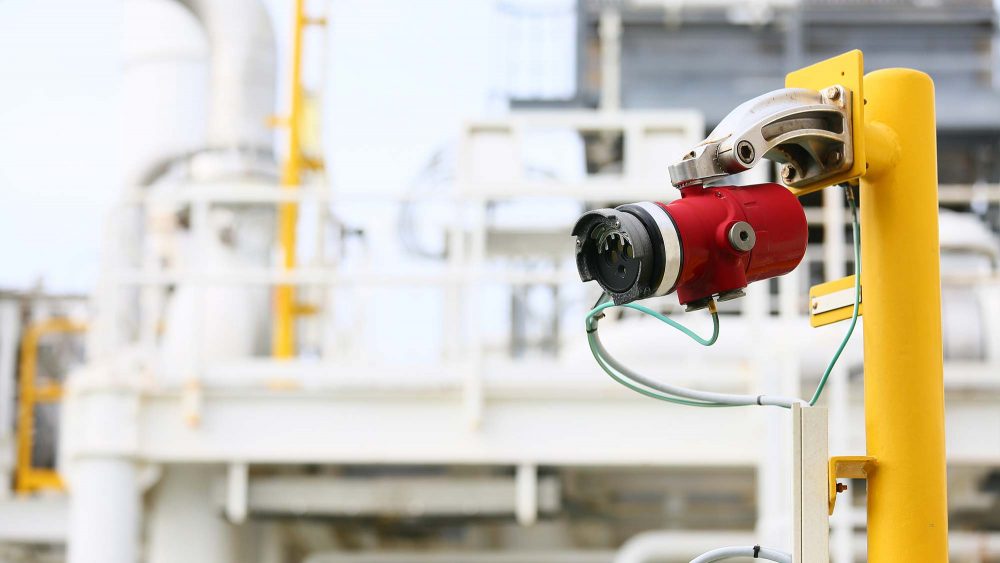
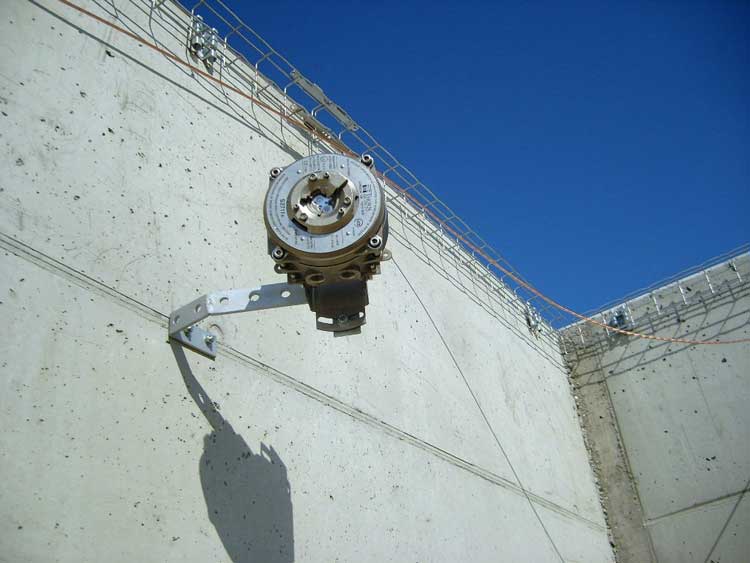
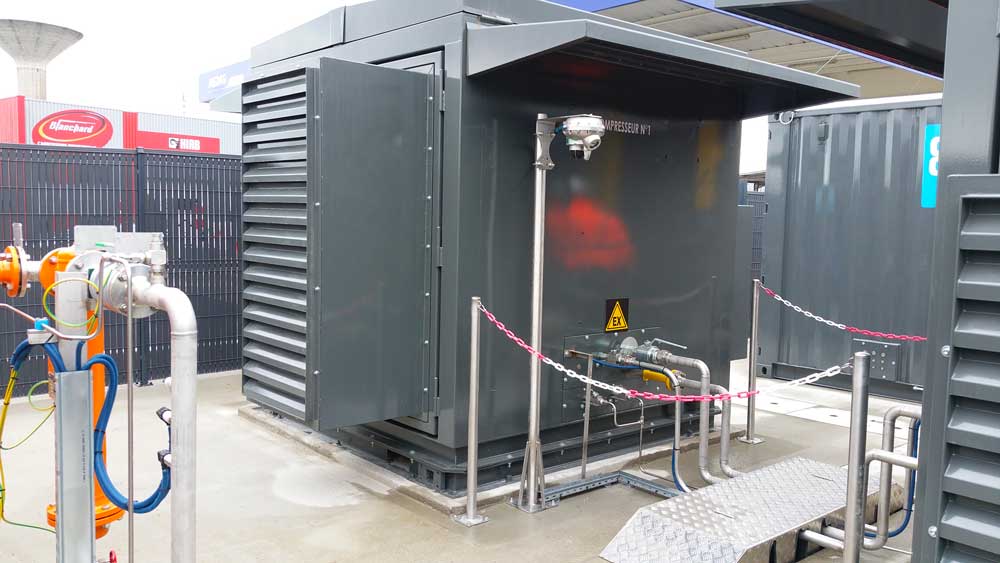
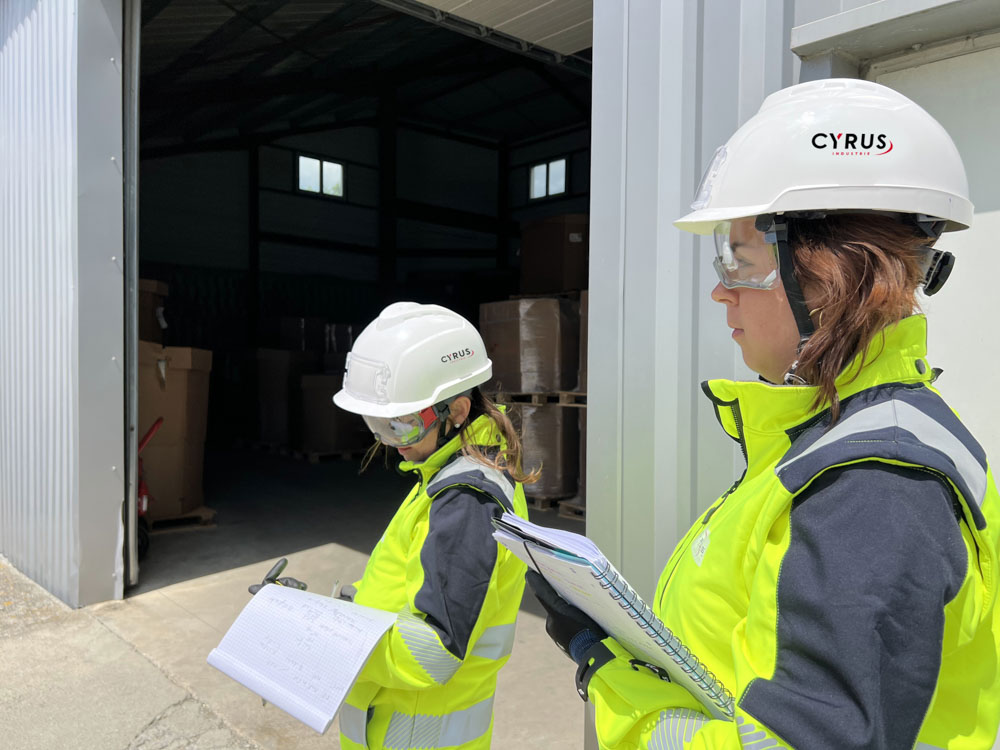
Détection de gaz
La phase d’avant-projet sommaire a pour objectif de confirmer la faisabilité des solutions retenues et de déterminer ses principales caractéristiques. Cette phase comprend :
- La définition de la protection par rapport au risque (surface impliquée, densité, taux d’application),
- La définition des travaux annexes à prévoir (aménagement des locaux, asservissements process),
- Le planning du projet,
- L’évaluation financière par postes,
- Le découpage technico-financier du projet.
Système de sécurité incendie
Depuis 1993, les organes techniques asservis à la détection incendie doivent être conformes à des normes (NF S61-930 à 61-970) dites « normes SSI ». Les normes de 1993 portent sur les caractéristiques des équipements pouvant constituer un SSI.
Un SSI se décompose en 2 sous-ensembles :
- SDI – Système de Détection Incendie,
- SMSI – Système de Mise en Sécurité Incendie (asservissements).
Un SSI doit être totalement indépendant des autres systèmes pouvant exister dans l’établissement (GTC, gestion technique centralisée, par exemple). Le SSI doit, en effet, être disponible indépendamment des éventuels dysfonctionnements des autres systèmes et son exploitation doit être séparée.

Détection d’étincelle
Les systèmes de détection et d’extinction d’étincelles sont conçus pour détecter et éteindre automatiquement des départs de feu dans les systèmes d’aspirations et de transports pneumatiques, avant qu’ils n’atteignent les installations de production (filtres, cyclones et silos à poussières) et provoquent un incendie, voire des explosions.
Ils sont couramment utilisés dans les procédés véhiculant des particules et poussières en suspension dans des gaines (industrie du bois, plastique, agroalimentaire).
SDI Système de détection incendie
Le Système de Détection d’Incendie désigne le système regroupant :
- l’équipement de Contrôle et Signalisation – E.C.S. anciennement appelé « tableau de signalisation » ou « centrale d’alarme »,
- les Détecteurs Automatique d’Incendie – D.A.I.
- les Déclencheurs Manuels – D.M.
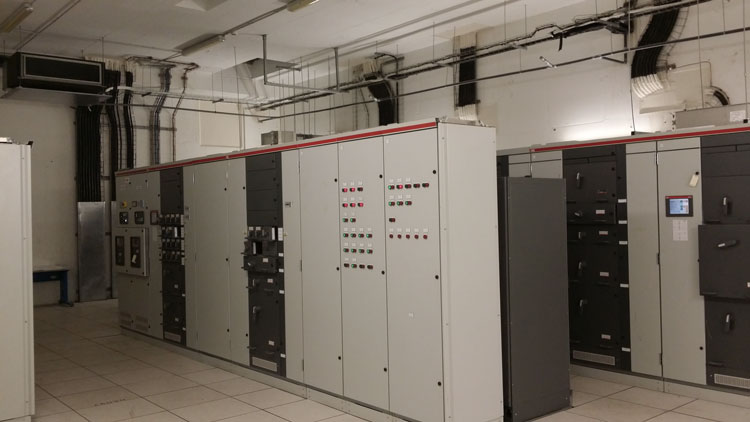
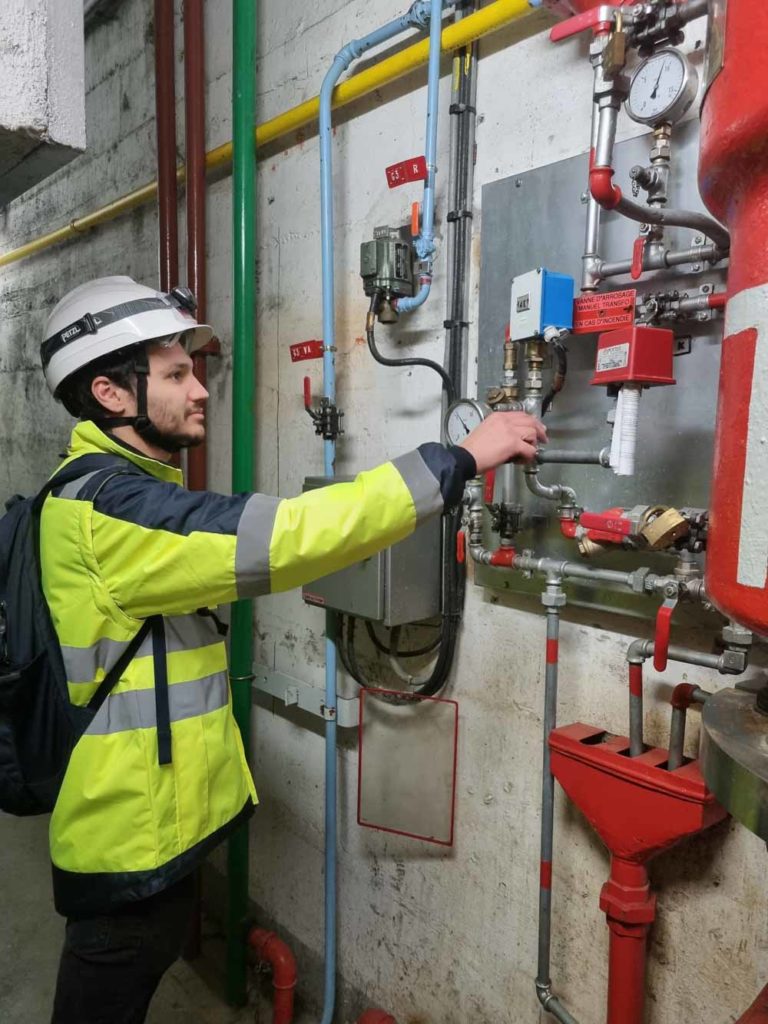
SMSI – Système de mise en sécurité incendie
Le SMSI est le système regroupant, dans sa version la plus élaborée :
- le Centralisateur de Mise en Sécurité Incendie : C.M.S.I.
- les Dispositifs Adaptateurs de Commande : D.A.C.
- les Dispositifs Actionnés de Sécurité : D.A.S.
- les Diffuseurs Sonores : D.S.
Le S.M.S.I. permet de réaliser la mise en sécurité d’un bâtiment ou d’un établissement par fonction et par zone. Les fonctions de mise en sécurité sont :
- évacuation : diffusion du signal sonore et lumineux.
- compartimentage : portes résistantes au feu à fermeture automatique, clapets coupe feu.
- désenfumage : volets de Transfert, volets de désenfumage, coffrets de relayage, exutoires et ouvrants en façade.
- autres arrêts techniques : arrêt ventilation, non stop – ascenseur.

